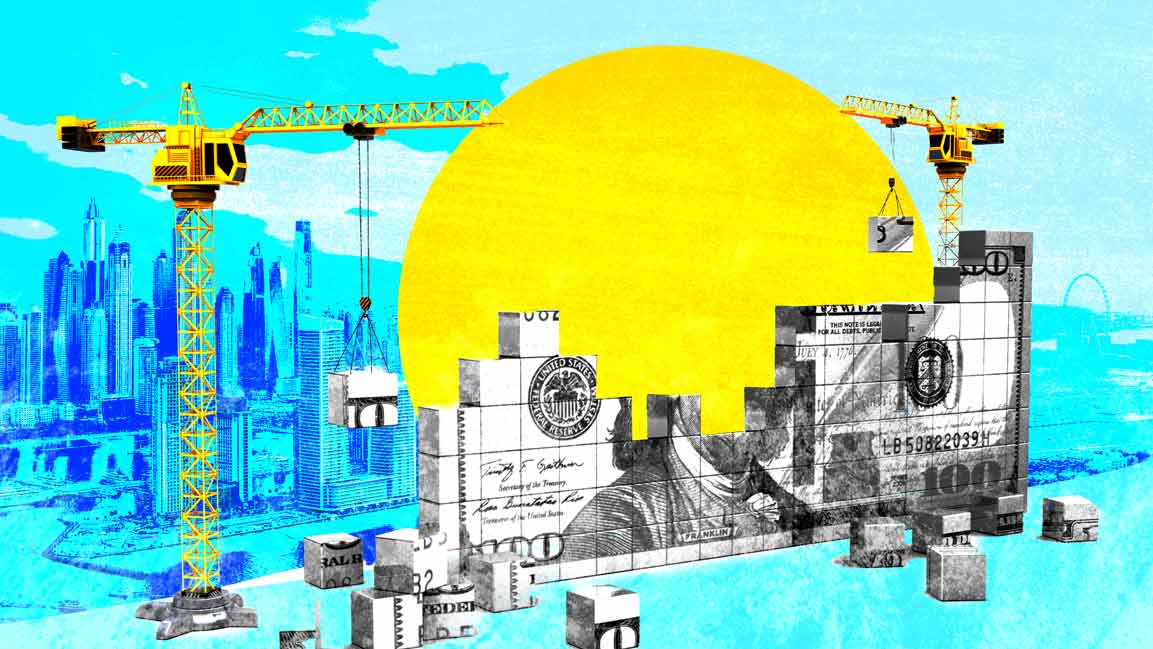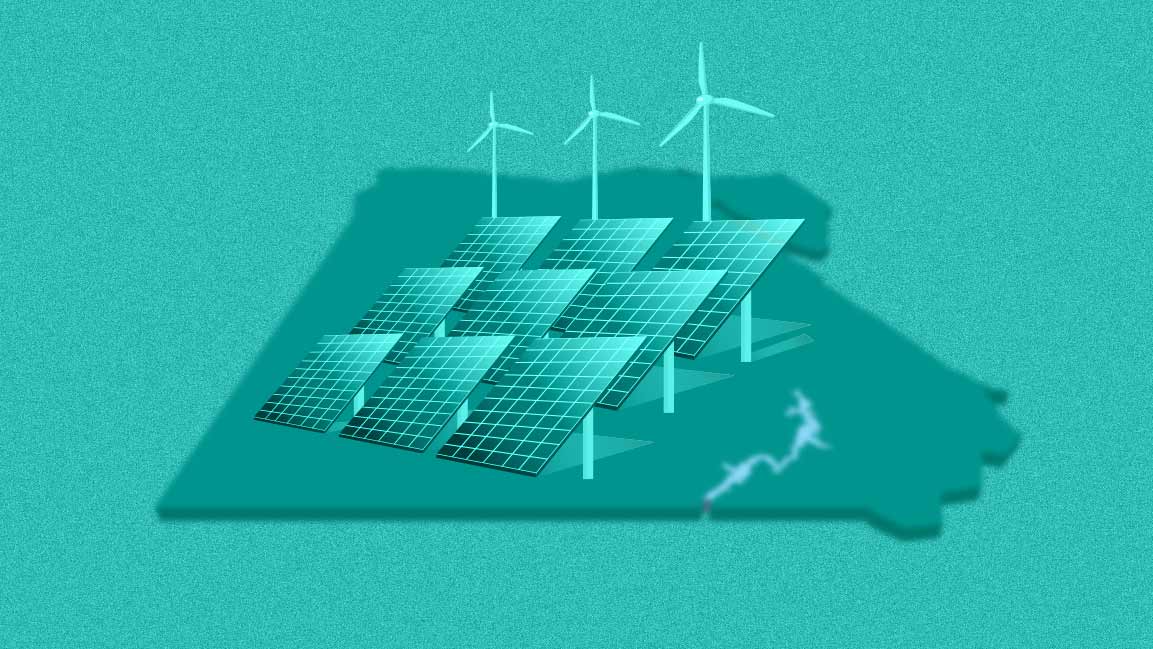- | 9:00 am
This is why UAE’s medical waste management needs urgent innovation and investment
As the UAE pushes towards Net Zero 2050, experts say there’s a need for balancing innovation, responsibility, and systemic change.

Healthcare waste management is an often overlooked but critical part of the equation in the race toward sustainability. With the UAE’s ambitions to reach Net Zero by 2050, managing the growing tide of medical waste is more pressing than ever.
As it continues to push toward a future of sustainable development, what does it take to ensure that progress in healthcare doesn’t come at a climate cost? Inversely, what damage are the rising temperatures doing? The answers might lie in balancing innovation, responsibility, and the urgent need for systemic change.
A MULTI-STAKEHOLDER ISSUE
According to government statistics and media reports, the UAE ranked as the region’s second-largest producer of healthcare waste as of 2022, generating approximately 21.5 tons of medical waste daily. Of this, a significant portion—between 15% and 25%—is deemed hazardous or infectious, further highlighting the urgency for effective waste management strategies.
The government and private stakeholders are working in unison towards a greener goal. The latest initiative is leading private healthcare group Burjeel Holdings’ announcement to become carbon neutral by 2040. This will focus on medical waste management, reducing the company’s medical waste output by 3% in 2023 and generating 1,575 tonnes of waste.
Understanding that managing medical waste sustainably is a multi-stakeholder issue is only the tip of the iceberg.
Dr. Malathi Arshanapalai, Group Chief Medical Officer and Group Chief Quality Officer at Aster DM Healthcare, emphasizes the importance of adhering to regulatory frameworks, “It’s the responsibility of healthcare providers like us to adhere to the UAE federal regulations. First and foremost, we ensure all the staff are expertly trained in safe segregation, handling, and disposal of hazardous waste.”
The hospital has also adopted protocols that include regular audits and proactive risk assessments, both internal and external, to ensure that the situation is continually monitored and gaps are addressed.
However, the nuances of healthcare waste management extend beyond hospitals. Sunil Jethani, Business Head of Biohazard Waste Management at Innovations Group, notes that each type of healthcare facility—from hospitals to dental practices and veterinary clinics—faces unique challenges in its waste disposal processes.
“For example, hospitals often generate a high volume of diverse waste, including infectious, chemical, and radioactive materials. Dental practices typically generate less waste overall but produce specialized materials like amalgam waste, which contains mercury. Pharmacies deal mostly with contaminated packaging and must follow regulations on proper disposal, particularly controlled substances. For veterinary clinics, while the waste might be similar to hospitals, the samples may carry zoonotic diseases,” he explains.
Another aspect to account for is the heating climate and its impact on waste storage areas across the industry. Given mandated temperatures for safe temporary storage adjusted for rising humidity, there is little data to verify if the increased carbon emissions from the same are being offset.
Simply put, the “green-ification” of the process isn’t straightforward. Collection and segregation are only the first two pieces of the puzzle, with safe treatment and disposal being far more challenging.
“Every emirate has one or two waste treatment plants with stringent requirements, making it a highly regulated and controlled industry. More often than not, and due to the similarity in treatment methods, industrial and biomedical waste are treated together, with incinerators being used predominantly,” says Aditya Shah, Chief Growth Officer at Positive Zero, an integrated provider of fully financed decarbonization-as-a-service solutions.
While that doesn’t immediately ring sustainable, it’s a catch-22 between the need to reduce carbon emissions and the safe disposal of waste that is generally hazardous and often radioactive. Generally, the residual waste is mixed in with chemical compounds, even cement, and made inert before being landfilled.
Dr. Arshanapalai shares innovations that are being explored on the hospital front. “We have incorporated an automated neutralization system, where our lab waste is safely treated and brought to an appropriate pH level for safe disposal.”
She adds that other pipeline ventures include using smart bins, converting waste into energy, and using biodegradable alternatives where possible.
The Sharjah Waste-to-Energy Plant and Dubai’s Waste Management Center exemplify large-scale projects that convert non-recyclable waste into energy, a sustainable alternative to landfills. Yet, as Jethani underscores, “There is still room for more investment, particularly in infrastructure, technology, and awareness.”
A SPOTLIGHT ON SMES
When it comes to awareness, Professor Nada Sayarh, Marketing and Strategy Professor, Head of ES at SP Jain Dubai, Mumbai, Singapore, and Sydney, also sheds light on an often-overlooked aspect: the role of SMEs in this evolving landscape. “If you want to tackle sustainability in the UAE, we must double-click on SMEs.”
This insight is crucial as SMEs make up a significant portion of the UAE’s economy yet lack the resources and access to green financing that larger corporations might have. “Nobody is going to invest like $100,000 for waste management systems. They don’t have that kind of budget, and the SMEs, in turn, don’t have access to green financing to affect change.”
LOOKING FOR GREENER PASTURES
The future of waste management in the UAE will require a shift not only in technology and infrastructure but also in accessibility and education.
As Professor Sayarh aptly notes, “We need to provide more support to SMEs. The need for region-specific use cases and the sharing of local success stories is imperative for ensuring sustainable practices are adopted more widely.”
Jethani adds, “Involvement from technology firms, international investors, research institutions, and NGOs, coupled with continued government support, could significantly enhance the sector’s capabilities and sustainability.”
While major healthcare groups spurred by the government explore waste-reduction initiatives such as 3D printing, blockchain for transparency, and more, Shah takes a slightly conservative view of the future.
“In terms of evolution in this industry, due to the nature of the waste, the progress on the treatment process itself can only be incremental or marginal. However, with incineration still being the most widely used and safest treatment option, we are enabling progress on the efficiencies of the incinerators and decarbonization of the energy used to power the incinerators.”
The UAE stands at the cusp of leading the region in sustainable healthcare waste management, with the potential to meet and set ambitious benchmarks for the future. As nanofiber technology is being explored and more organizations are breaking into a largely profitable industry, the country is uniquely positioned to revolutionize the sector.








































